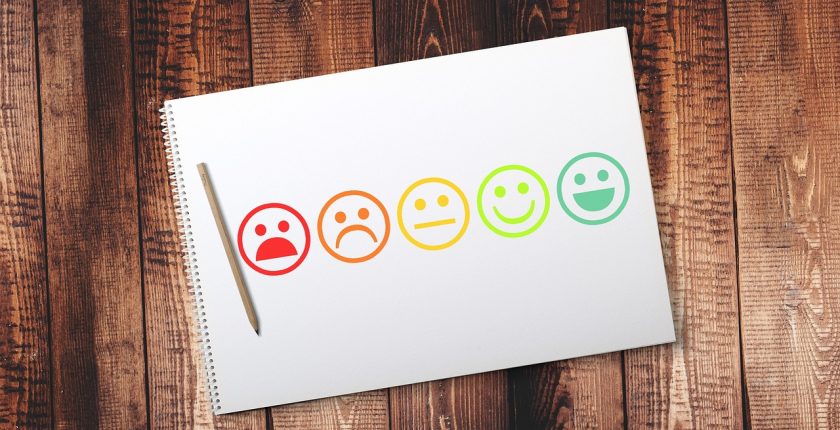Will Covid-19 change the way we research – the need for an intersectional approach to understanding the impact of the COVID-19 on women.
In this together but not equally equipped
Societies across the globe are grabbling with a vast array of challenges linked to the Covid-19 pandemic. These challenges are huge and deeply impactful, it is perhaps well apt to quote the UN secretary-general, António Guterres, in saying that Covid-19 presents ‘the greatest test that we have faced together since the formation of the United Nations’.
Not only do governments have to attempt the tricky balancing act of supporting the economy vs protecting their populations, but they must also contend with the pandemic from their position within the unequal landscape of the global economy and world order. This results in a reality where we may all be in this together but are not all equally equipped.
Exacerbating gender inequalities – an overarching understanding
Interconnected with these larger structural challenges is an exacerbation of existing gender inequalities. UN Women highlights several overarching challenges linked to the pandemic that is affecting a variety of spheres of life for women and girls. These include;
Economic impacts, as women and girls tend to earn less and occupy precarious labour positions thereby are vulnerable to poverty.
Health impacts, as a higher percentage as women than men work in caregiving or health roles increasing their exposure to the virus. Additionally, the reallocation of health services results in reduced access to key sexual and reproductive health services.
Security concerns, as women and girls already at risk from domestic violence, are confined within the same home as their abuser precisely when services that support domestic abuse survivors are disrupted.
Intersectionality – to broaden the understanding of Covid-19s impact on gender
Yet as these impacts of the pandemic on women and girls are being defined, there is also an increased awareness as to how the issue of gender interacts with multiple other factors. Essentially when defining the impacts of the pandemic on women as a homogenous group, there is a risk of excluding other factors that inform every individual women’s experience of the virus. These include race, class, geography, disability, and migration/refugee status to name but a few.
Therefore, there are calls for a more sophisticated intersectional approach to research that can capture experiences from different interacting groups and aid in the mapping of an accurate picture of the pandemics affect. Gender is a key concern but must be seen as an ‘intersecting component’ (Hankivsky, P and Kapilashrami, A) rather than an overarching homogenous identity.
What is intersectionality?
Intersectionality is the understanding that an individual’s experience is nuanced and cannot be encompassed within a singular category such as either gender, or class, or race etc. Focusing research on only one aspect of an individual’s identity can produce a skewed understanding of a situation. For example, excluding the elderly and their leadership role within a community has made it harder for development organisations to understand the impact of Covid-19 on elderly women as different from other women. This has also led to misinterpreting the impact on the community more generally (Lokot, M, 2020).
Recommendations – tackling inequality through better representation and intersectional research
What can be done then to ensure that development organisations and policymakers better understand the impact of the pandemic on different intersecting groups of women?
Recommendations suggest capturing data from alternative focus points to produce an array of information from different perspectives. Conducting studies that not only target gender but also include social factors such as age, health status, disability, occupation etc will enhance the current understanding of who shoulders the burden of disease in this pandemic.
Additionally, promoting diverse leadership within governments and research institutions will not only broaden research but also increase the effectiveness of policymaking to include more groups of people.
Making research intersectional can develop a more accurate understanding of how the pandemic is affecting gender inequality. As such it will inform more definitive policy responses which can better tackle the existing and exacerbated inequalities. The aim must be to create societies where all social groups are equally equipped to tackle the pandemic and other challenges.
References
Hankivsky, O and Kapilashrami, A, Beyond sex and gender analysis: an intersectional view of the COVID-19 pandemic outbreak and response, Policy-brief_v3.pdf (unimelb.edu.au)
BBC, (1st April 2020) Coronavirus: Greatest test since World War Two, says UN chief, https://www.bbc.co.uk/news/world-52114829
UN Women, (9th April 2020), Policy rief: The Impact of COVID-19 on Women, https://www.unwomen.org//media/headquarters/attachments/sections/library/publications/2020/policy-brief-the-impact-of-covid-19-on-women-en.pdf?la=en&vs=1406
UN Women, (2021), In Focus: Gender equality matters in COVID-19 response, https://www.unwomen.org/en/news/in-focus/in-focus-gender-equality-in-covid-19-response?gclid=Cj0KCQiA4L2BBhCvARIsAO0SBdarxgyQyvKHd-4NLqg114XGqEn8_3i_Kzcd9igRrjjt5n8ZgilzqUwaAhPOEALw_wcB
Michelle Lokot & Yeva Avakyan (2020) Intersectionality as a lens to the COVID-19 pandemic: implications for sexual and reproductive health in development and humanitarian contexts, Sexual and Reproductive Health Matters, 28:1, DOI: 10.1080/26410397.2020.1764748

